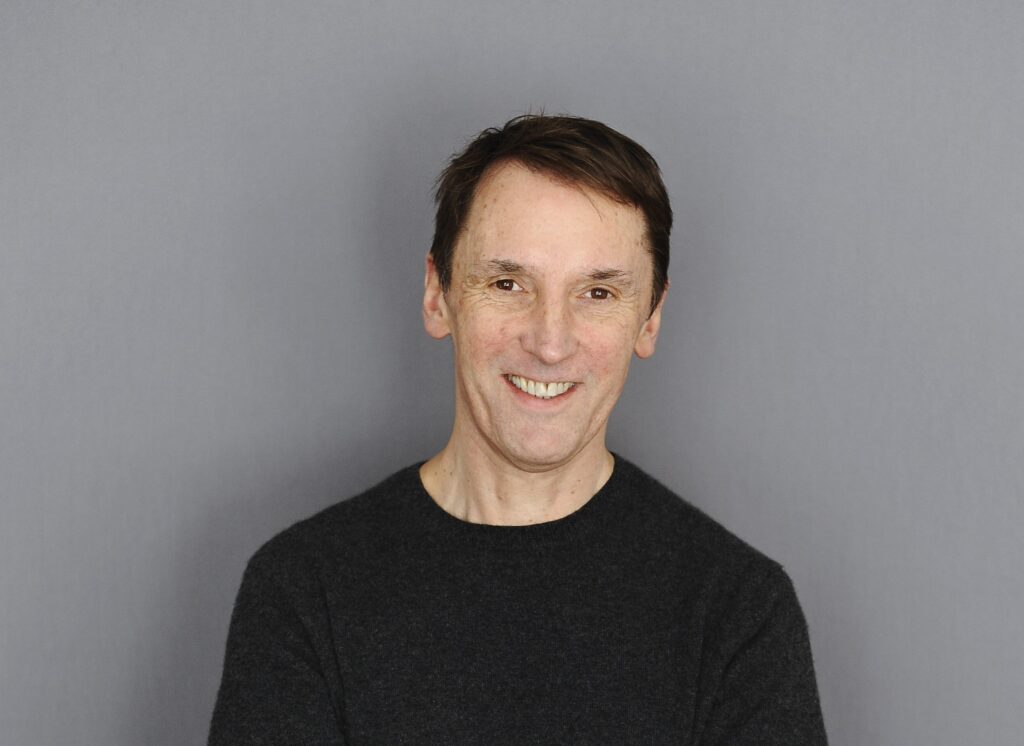There are many types of creative blocks, some much more deadly than others. They range from complete creative melt-down, where your entire raison d’etre as an artist comes into question, to the kind of avoidance where what you need is a swift kick in the pants to get you into gear.
One problem we all know, is loss of energy. You’ve been working on a project forever and finally lost heart. You no longer know what the point of it all is. Your creative fire has died down to the tiniest glow.
The one thing you’re sure of is that it’s rubbish. You’ll put your painting/film/novel in a drawer, another unfinished dream, turn the key and hope to forget it ever existed. Then you can sip hot soup and cry.
What to do?
The good news is that this isn’t really a block – in the sense of an obstruction in the road that needs to be cleared away. It’s more a kind of inner flagging, a weariness. You’re exhausted. After all, you’ve been battling away for months or even years.
What’s the answer? With other blocks, it’s perseverance and discipline that succeed, slogging away all hours and generally pulling out the stops to force things into shape. Not with this one. Though we’re taught that a winner always keeps on fighting, here fighting isn’t smart.
That’s because creative projects aren’t the same as left-brain focused goals; they require a different kind of attention. Here it’s a homoeopathic ‘going with what presents’ that is the answer. Rather than turning away from your weariness, allow it all to be and sip that soup. Fatigue is simply part of the creative journey.
What makes leverage here, is what Estella Pinkola Estes, Jungian analyst and storyteller, calls ‘rocking’ the idea. I translate that as patiently allowing it all to mull around inside you. Breathe. Go back to simmering your project, very gently. Take walks. Slowly the energy will return and your work will start to generate heat again.
The Three Golden Hairs
In her classic text of archetypes, stories and psychology, ‘Women Who Run with the Wolves’, Estes gives us the Rumanian teaching fable of ‘The Three Golden Hairs’. It goes like this.
One dark night when the sky is overcast and the land bitterly cold, a wizened old man is struggling to survive. He’s out in the forest and he looks like death. Everything about him is decrepit, from his straggly grey hair to his yellow teeth to his crooked back.
He limps his way between trees towards a tiny, wavering light. It’s a tumble-down cottage and through the window he sees an old woman by a fire. With his last strength he falls against the door, into the room and the old woman takes him up like a mother does a child and through the long black night she soothes him, rocking him to and fro and murmuring soft cooing sounds.
Slowly the old man, this bag of bones, begins to put on weight. Most strangely, he grows younger and younger. His wrinkled face becomes smooth. His limbs put on flesh and muscle. Strangest of all, his sparse grey hair grows back luxuriantly and it’s no longer grey, but golden as the sun.
Finally the man becomes a child again and the sun is rising. The old woman sets the child on the floor and he runs out into the dawn.
So, the old man is your project. The old woman? Well she’s you too, the part of you that supports and sustains. Your anima if you like, or the wise old crone, or what Estes calls the ‘wild woman’ within.
This inner wise woman knows that sure as night follows day and day follows night, so a fallow period follows a productive one. During the life-cycle of a big creative project – or over a whole creative life – these turns of the wheel may happen many times. The wise woman knows that the downwards turn doesn’t mean it’s time to give up; it’s simply time to stop and regroup, to sit by the fire in the rocking chair until it all comes back to life once more.
Clear the dead wood
And one more thing. There’s one more bizarre and evocative detail. At the end of the story, the old woman plucks three golden hairs from the head of the child and throws them onto the ground where they sizzle.
What’s happening here? Symbolically, something is being cast away here. It’s something that looked good, gleamed like gold, but which is no longer necessary. What’s the message? It’s this. As in pruning a tree, sacrificing those aspects of your work which aren’t absolutely essential, will make the whole thing stronger. Cut away the dead wood, lop off ideas which aren’t really integral, wipe out a quarter of the word count, snip away a few scenes and you’ll not only find the real point of the project, but your energy will also come flooding back.
Today’s exercise
If you’re still confused and don’t know what to cut out, try this exercise. It’s simple, but really take time over it. I imagine you spending a whole afternoon walking somewhere wild and peaceful as you do it.
Take a big blank sheet of paper and over your afternoon, get down exactly why you’re creating this project. Just that. What does it all mean to you? What do you want to give to the world through it? What’s the point of it all?
‘I am writing this story/making this film, because…’
Find out why it matters and everything that’s extraneous becomes glaringly obvious and can go straight in the rubbish bin.[/et_pb_text][/et_pb_column][/et_pb_row][/et_pb_section]


